
EarlySight Welcomes Jérôme Martinez as Independent Board Member
EarlySight is thrilled to announce the appointment of Jérôme Martinez as an independent board member. With his deep expertise and proven leadership in the pharmaceutical,

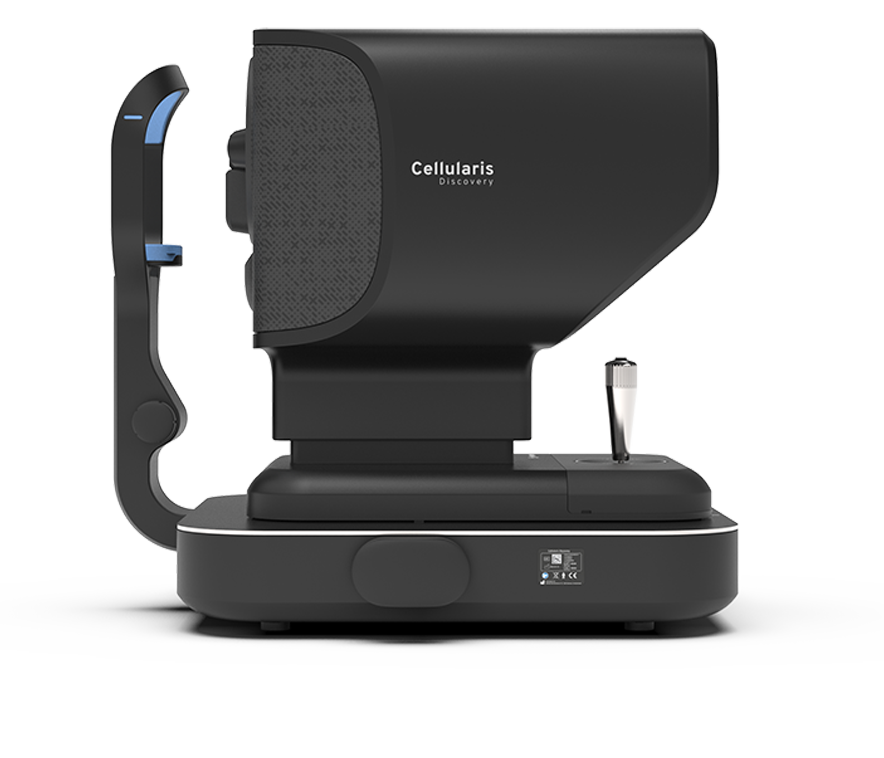
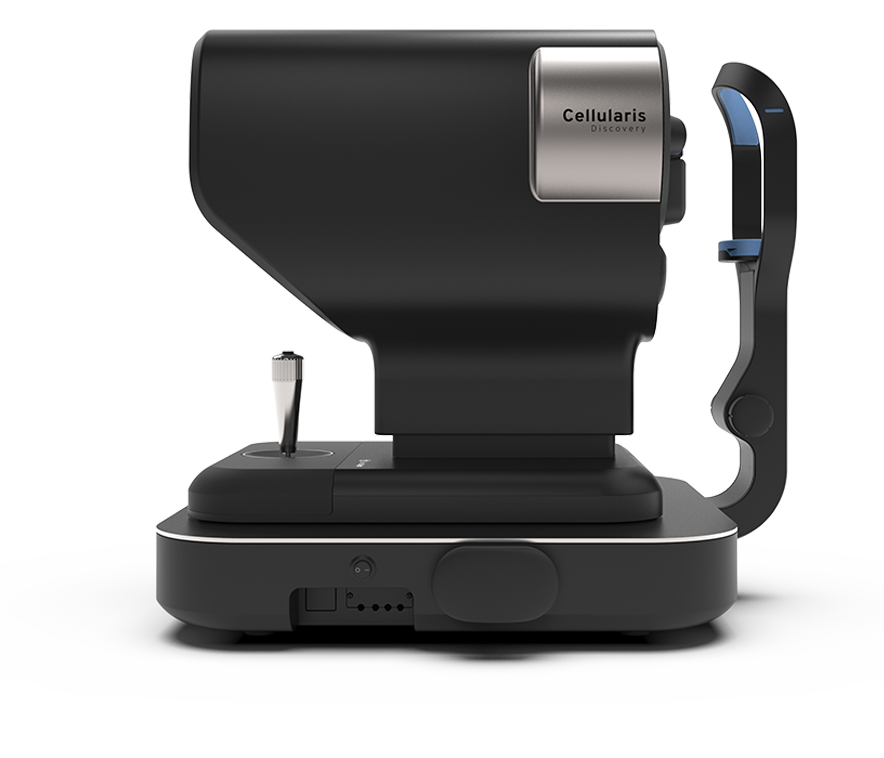
Blindness and severe vision impairments consecutive to eye disorders affect more than 200 million people worldwide. Indeed, current diagnoses are made too late, and treatments are not optimal for many diseases. The main reason is the difficulty of accurately detecting and monitoring the disease as well as assessing the treatment effect. This is due to the limitations of the standard imaging instruments unable to visualize the eye tissues with sufficient details.
At EarlySight, we have developed a unique ophthalmic camera that can observe the retina in detail, as if under a microscope. This advanced optical instrument creates images of the individual cells impacted by diseases. An AI software is in development to analyze these images and detect and monitor disease biomarkers. The perspective to precisely measure the degenerative process opens new avenues in the diagnosis, monitoring and treatment of disorders affecting the back of the eye.
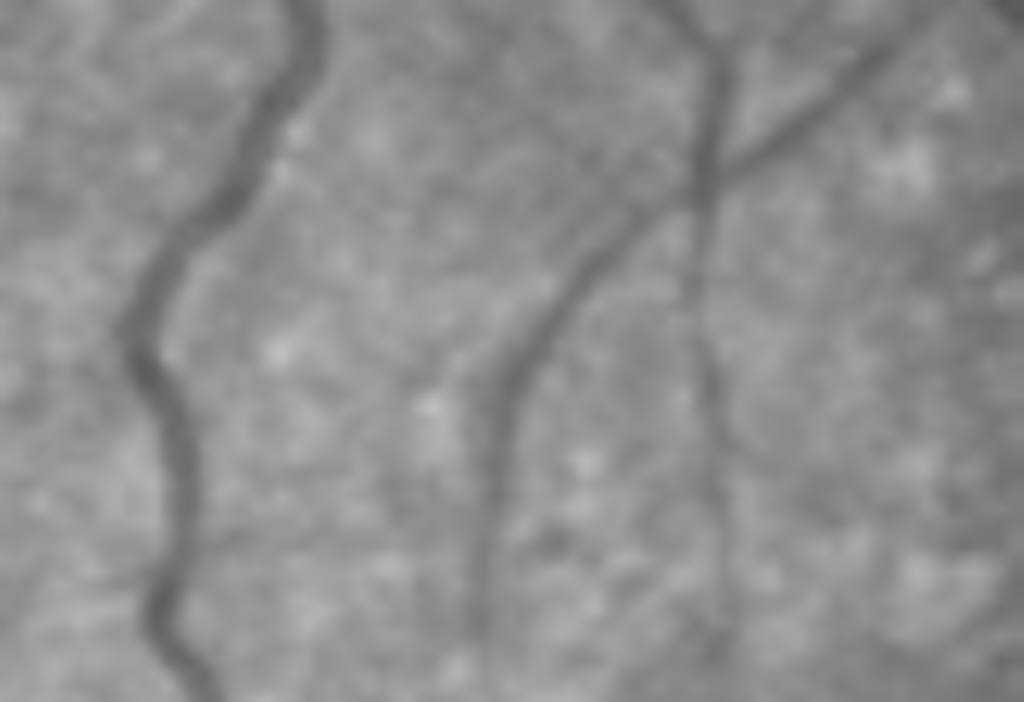
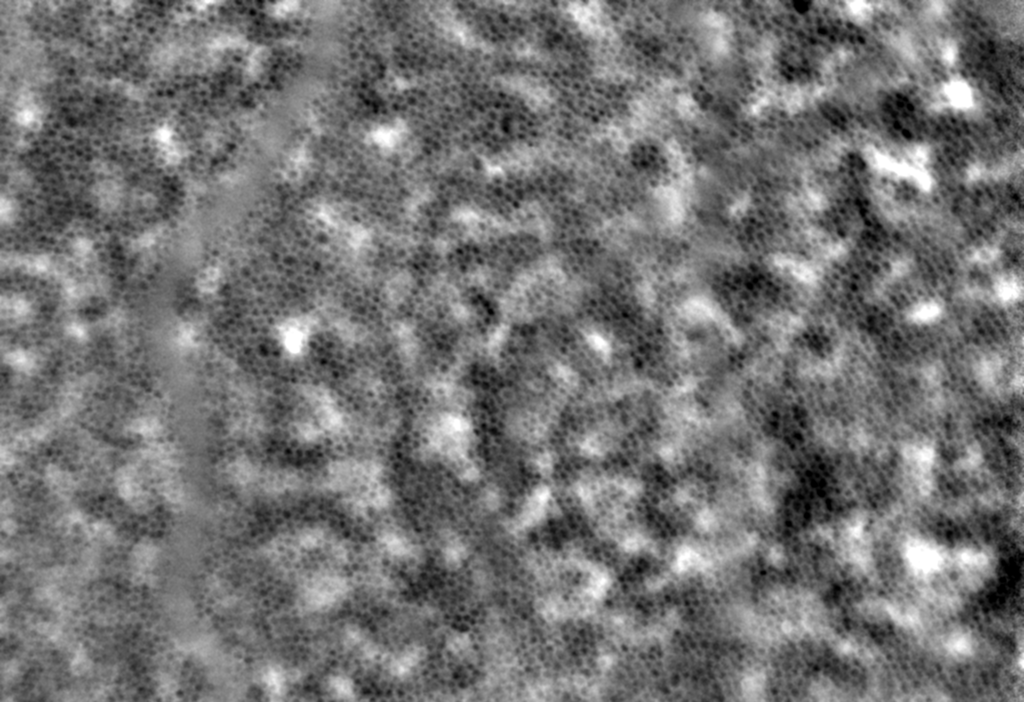
Cellular resolution
Look at every detail in the eye
Digital data
AI-based objective structural measurement
Explore disease inception
Unique access to the deep eye layer (RPE)
The disruptive ophthalmic camera from EarlySight, delivers cellular level images of various structures of the retina and optic disc to explore and capture the eye anatomy in a completely new perspective.
Disruptive infrared transscleral flood illumination reveals hidden eye structures such as RPE.
With adaptive optics, look at single cells composing the tissue, as if under a microscope. Observe the retina anatomy in detail.
Easy switch between retinal pigment epithelium, photoreceptors, nerve fiber layer or retinal vessels image
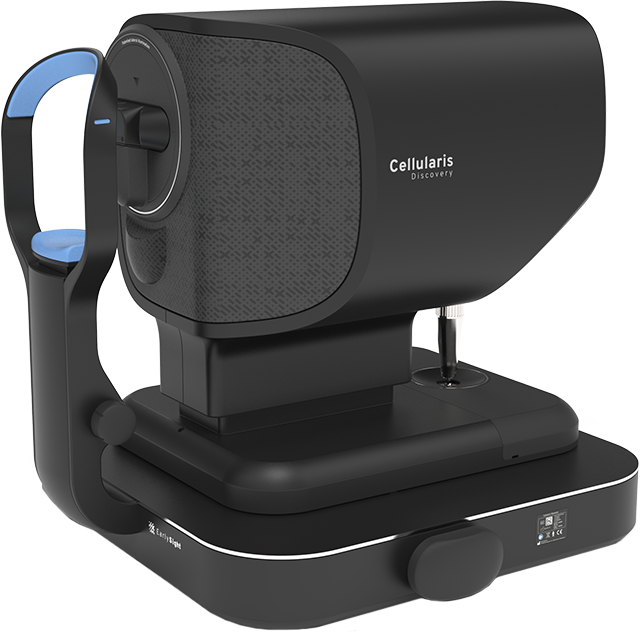
Obtain widefield fundus overview image simultaneously with the cellular level image to easily locate the imaged area within the eye.
Manual and smooth operation with joystick allow for quick and efficient examinations.
Automatic storage of image location within the eye to easily perform follow-up examinations.
EarlySight’s Cellularis platform has already been endorsed by several renowned eye doctors.






We are deeply appreciative of the support and trust that our partners have shown us.

EarlySight is thrilled to announce the appointment of Jérôme Martinez as an independent board member. With his deep expertise and proven leadership in the pharmaceutical,

We’re proud to share that 𝐄𝐚𝐫𝐥𝐲𝐒𝐢𝐠𝐡𝐭 has been ranked among the 𝐓𝐨𝐩 100 𝐒𝐰𝐢𝐬𝐬 𝐒𝐭𝐚𝐫𝐭-𝐮𝐩𝐬 𝐨𝐟 2024, placing 6𝐭𝐡 𝐢𝐧 𝐭𝐡𝐞 𝐌𝐞𝐝𝐓𝐞𝐜𝐡 𝐜𝐚𝐭𝐞𝐠𝐨𝐫𝐲 and 48𝐭𝐡 𝐨𝐯𝐞𝐫𝐚𝐥𝐥! 🎉 🔍 𝐖𝐡𝐲
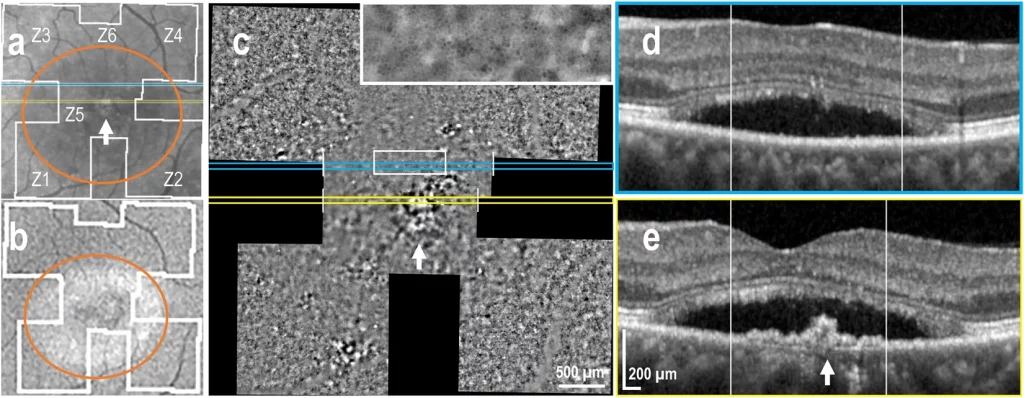
Govindahari, V., Dornier, R., Ferdowsi, S. et al., 2024 High-resolution adaptive optics-trans-scleral flood illumination (AO-TFI) imaging of retinal pigment epithelium (RPE) in central serous chorioretinopathy